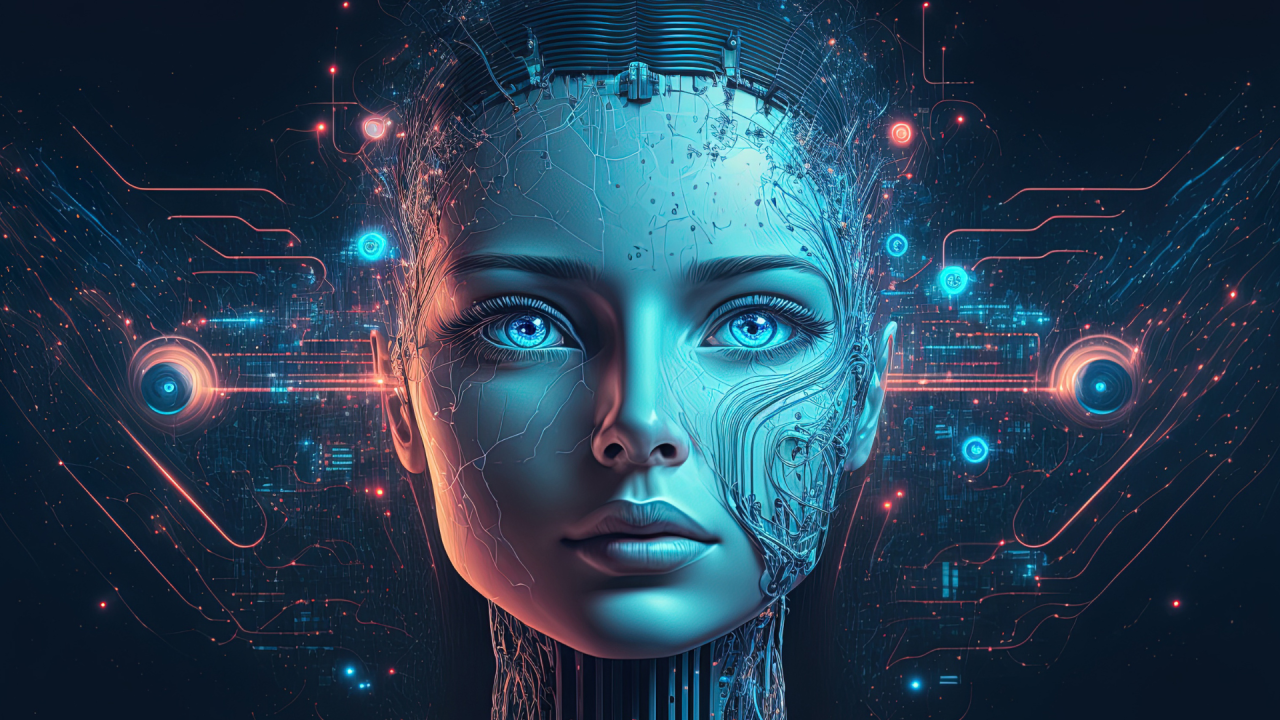In the ever-evolving landscape of technology, Artificial Intelligence (AI) has emerged as a game-changer, revolutionizing various industries including art and creativity. Gone are the days when creativity solely relied on human imagination and manual labor. With the advent of face swap AI tools, the creative process has been redefined, offering a plethora of possibilities to explore and innovate. What’s even more exciting is that many of these AI tools are available for free, democratizing access to creativity like never before.
Unleashing Creativity with AI
AI tools have democratized creativity by making complex tasks simpler and more accessible. From generating art to composing music, designing graphics to crafting stories, AI is augmenting human creativity and transforming the way we approach artistic endeavors.
Key Features of Free AI Tools
Let’s delve into some of the key features of free AI tools that are reshaping the creative landscape:
1. Generative Adversarial Networks (GANs)
GANs have gained prominence for their ability to generate realistic images, videos, and even text. These neural networks consist of two competing networks – a generator and a discriminator – which work together to produce novel outputs. Platforms like RunwayML and Artbreeder leverage GANs to empower artists and creators to generate stunning visuals and explore new artistic styles.
2. Natural Language Processing (NLP)
NLP-powered tools have revolutionized content creation and storytelling. From sentiment analysis to language translation, NLP algorithms enable writers and creatives to analyze, generate, and manipulate text in innovative ways. OpenAI’s GPT (Generative Pre-trained Transformer) models, for instance, can generate coherent and contextually relevant text, serving as invaluable companions in the writing process.
3. Music Composition
AI-driven music composition tools have become a boon for musicians and composers. Platforms like Amper Music and Jukedeck leverage machine learning algorithms to compose original music tracks based on user preferences and inputs. These tools not only streamline the music production process but also inspire new musical ideas and compositions.
4. Image and Graphic Design
AI-powered image editing and graphic design tools have democratized visual creativity. Applications like Canva and Adobe Spark offer intuitive interfaces coupled with AI-driven features such as automated image enhancement, smart cropping, and personalized design suggestions. Whether you’re a seasoned designer or a novice, these tools empower you to bring your creative vision to life with ease.
Empowering Creatives Worldwide
The democratization of AI tools has leveled the playing field for creatives worldwide, irrespective of their background or expertise. These tools break down barriers to entry, allowing individuals from diverse disciplines to explore their creative potential and express themselves in novel ways. Whether you’re an artist, musician, writer, or designer, AI tools serve as catalysts for innovation and self-expression.
Ethical Considerations and Challenges
While AI-driven creativity holds immense promise, it also raises ethical considerations and challenges. As AI becomes more integrated into the creative process, questions regarding copyright, ownership, and authenticity come to the forefront. Moreover, the reliance on AI tools may raise concerns about the homogenization of artistic expression and the displacement of human creativity.
The Future of Creativity
As AI continues to evolve, the future of creativity looks both exciting and uncertain. While AI tools augment human creativity and expand the realm of possibilities, they also pose existential questions about the nature of art, authorship, and originality. Nevertheless, one thing is certain – AI will continue to redefine the creative process, pushing the boundaries of imagination and innovation.
